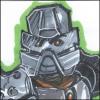
Hey, now this can finally be a proper blog again!
- Read more...
- 0 comments
- 151 views






By Sumiki,



By Sumiki,











By Sumiki,




